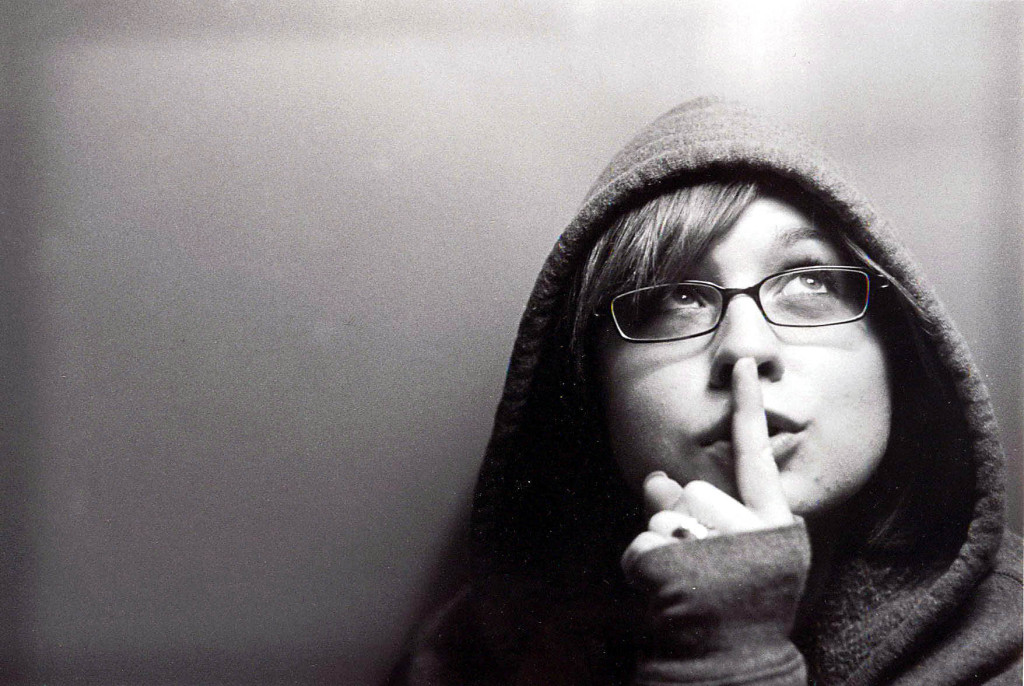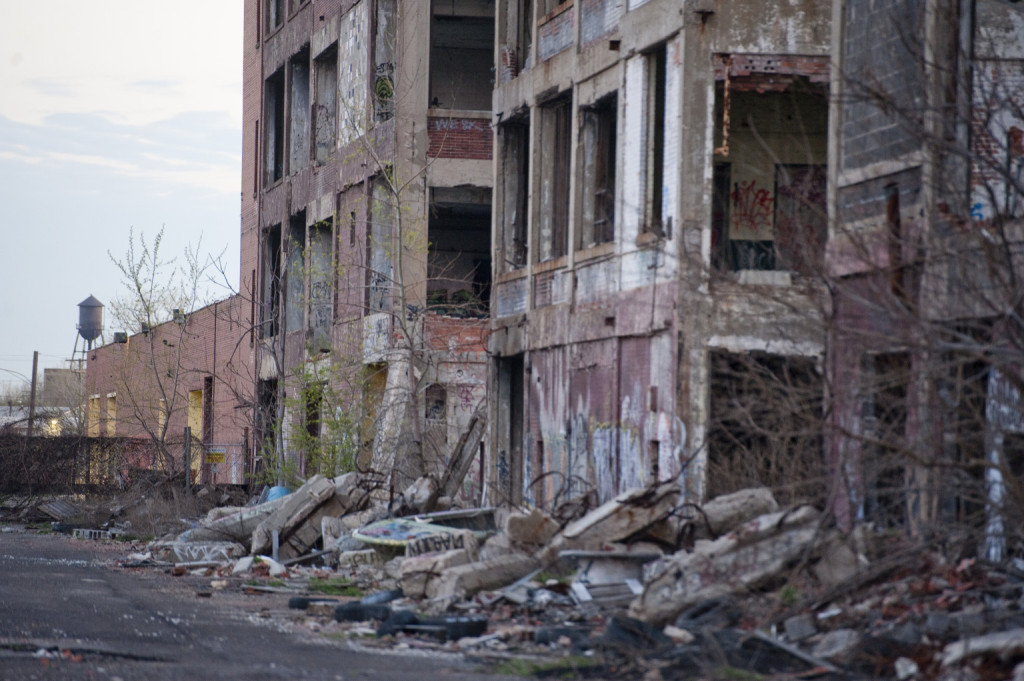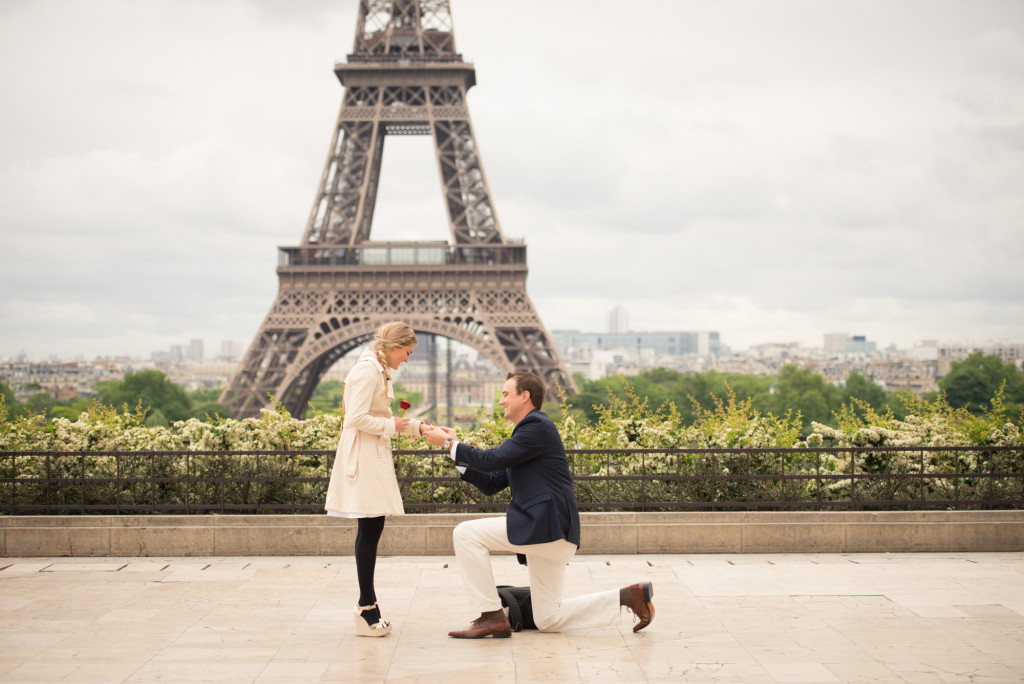There are many of us who instinctive tell a story well, then there are those that don’t! Think of the long lost uncle that toasts at your wedding for a half an hour and never even mentions you! Well maybe this outline will help you in crafting your next toast. It doesn’t matter if it is a toast you need to write or maybe your a film maker and story teller like us who needs to write a script, we hope this simple 7 step article helps.

STEP 1 – Cook the story
A great story is like a delicious pot of stew. Poor conversationalists tend to tell the story in its raw form –- simply retelling events in an objective way. This is comparable to just throwing some meat in some water and calling it stew.
Cooked stories include your feelings, reactions, inner thoughts, colorful descriptions, other people’s reactions, comparisons/analogies, etc. Let’s look at an example: “Last week I was riding the bus and this large man came in and sat next to me. It made me uncomfortable.” This is bland and uninteresting, but if you cook the story a bit — if you add some extra ingredients — you’ll achieve much better results.

STEP 2 – Less is more
Great stories are not drawn out, long affairs. Great stories are told in small, quick chunks of information. This helps the audience process the story and also keeps them interested. Take breaths in between chunks and put in some energy to each chunk.
Instead of babbling a story in one long breath, use intentional pauses between complete sentences and parts of your story. This allows the story teller to really put some energy and animation into the story, the story teller can act it out too.
- Don’t: “So I was standing at the bar giving her the eye and well… she’s looking back at me and I pretty much start to walk over there right through the crowd. I was, well … um… staring her down the whole time, and out of nowhere comes this…”
- Do: “And I’m standing there… I’m giving her the eye, and she’s looking back at me… so I start to walk through the crowd. I’m staring her down the whole time… out of nowhere comes this…”

STEP 3 – Paint the scene.
Too much detail can bore, and the same goes for too little detail. Let’s go through a spectrum shall we?
- Bad = “We went to a city.”
- Okay = “We went to Detroit.”
- Better = “We drove our little Honda to Detroit.”
- Good = “We drove our little Honda through the war-torn city I call Detroit.”
- Good, almost too much detail = “We drove our little 1997 Honda through the smog invested, war-torn city I like to call Detroit and it barely survived the 11 potholes we hit.”
- Too much detail = “We drove our little 1997 Honda Civic through the smog invested, war-torn city I like to call Detroit and it barely survived the 11 potholes, 5 cracks, and two homeless people that we almost hit.”

STEP 4 – Include your reactions to the events that unfolded.
- As you tell the story, tell the audience about your reactions to the events that occurred. Did you like something? Were you surprised by something? Tell the audience -– briefly.
- Do: “She gave me some money — now that’s cool, I always like a little extra money in the pocket — you never know what you may have to buy at a moment’s notice, right?”

STEP 5 – Add dialogue.
- Add dialogue whenever you can. Hearing you describe what someone said is never as good as actually imitating the person and saying real dialogue or hearing them say it. The same goes for yourself.
- Don’t just say, “It was cool…,” tell us what you were thinking or saying at the time: “It was cool, I was thinking, ‘Man I’ll do this any day!'”
- Even adding your inner thoughts, in the form of story dialogue, opens up your stories to all kinds of exciting possibilities. Don’t hesitate to say what could have been said — conversation doesn’t actually have to have happened. You could say what you wanted to say at the time, or exaggerate what one of the characters said at the time.

STEP 6 – Establish the norm, and then contrast that with how an event didn’t go as expected.
A great story is about something that isn’t normal and doesn’t happen all the time. It’s where things were normal until something happened that made them not so normal anymore. This is a very effective and highly recommended way to tell parts or all of your story. Look at some common formulas for setting up the norm:
- “I mean normally I would have just walked the mall alone that day, but…”
- “And I walked into the mall, expecting to see him standing alone right? But…”

STEP 7 – Once you establish the norm of the story, describe the turning point.
There are many ways to phrase the turning point. The turning point can be conflict or even a release of tension that has been building like in a proposal. You can always mention something “the moment in time” it happened or took a turn. For instance, “It was that moment where I felt…” or “…and this is where everything breaks down…” or “that’s the moment where I was like … !”
The turning point is often the height of the action and the climax of the story you’re telling. It is where everything changes as a result of the event that just occurred.
- Before the Turning Point: “I’m standing there thinking things couldn’t get any better…”
- During the Turning Point: “…when all of a sudden Mike took my hand and…”
- After the Turning Point: “I was like, ‘Wow did that really happen…”
Maybe your story has more of a dramatic flare and this is the point of conflict, let’s say your riding in a buss…
- Before the Turning Point: “I’m sitting there all snug and cozy in my bus seat…”
- During the Turning Point: “…when all of a sudden I feel this oh-so-slight bump on my shoulder, I look over and I see my buddy Bubba resting his big old head on me…”
- After the Turning Point: “I was like, ‘Oh brother not again…”
Post-Commentary Wrapping Up.
“I don’t know how we ever survived… but we did!”
“I don’t know how they ever got a job… but he made it somehow…”
“I almost died from embarrassment… I wanted to jump out the window after that!”
“…had I opened the door it never would have happened in the first place! Ya just never know what’s going to happen to you over there…”
“I was absolutely devastated when it happened, but now it’s funny to laugh about.”
